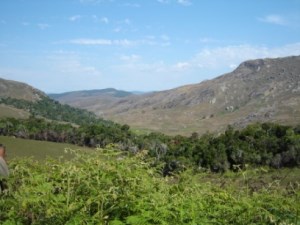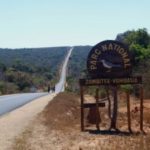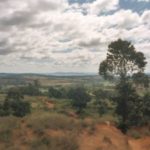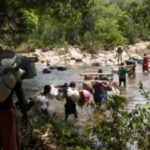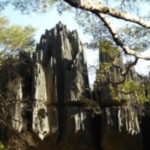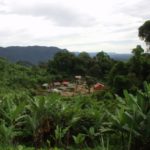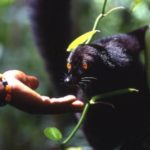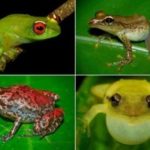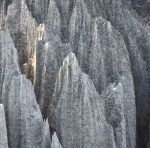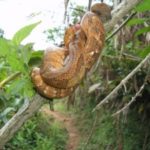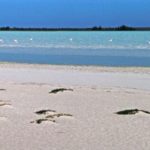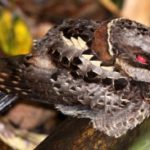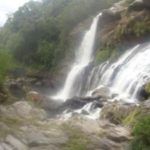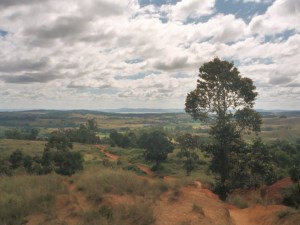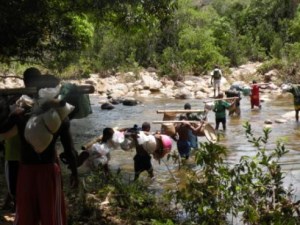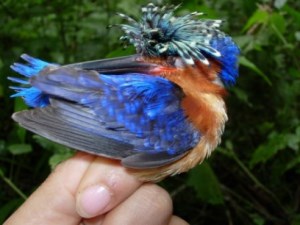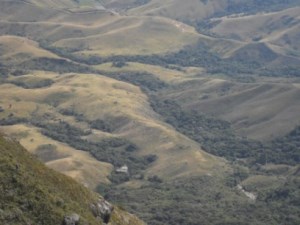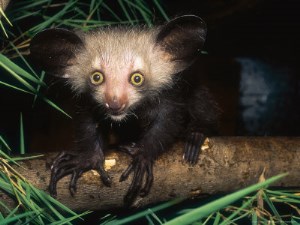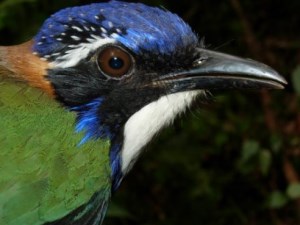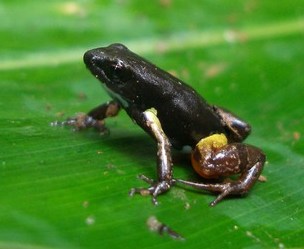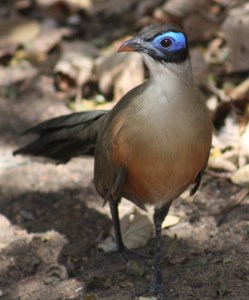Kalambatritra
In the southern part of Madagascar, about fifty kilometers to the northeast of Betroka, lies the Kalambatritra Special Reserve with an area of more than 280 square kilometers. This reserve was founded in 1959 and serves mainly the Protection of the different types of wet forestthat thrive in this area. They are joined by dry deciduous forestswhich in some places reach as high as the 1,600m mountain cloud forests. In the Kalambatritra Reserve, thanks to the tropical climate, there is a year-round Warm temperature throughout. In the rainy season between October and April, however, they still can not visit the reserve, as tropical storms make the area there too dangerous and partly inaccessible. Between the months of June and September you have the best chances of a dry stay in the reserve, and in addition it does not get excessively hot at this time of year. Basically, however, you should be aware that the Trip to Kalambatritra some strains brings with it. You will first drive from either Antananarivo or Tulear via the RN 7, but then you will have to leave it. Afterwards, the road becomes so rough that you have to not do without an off-road vehicle under any circumstances should. Since there are currently no established tours offered in the reserve, you can already assess relatively well before your arrival that the tourist infrastructure is not very far. Nevertheless there is the possibility a guided tour to the reserve to book. Some local guides can be found in a small office outside the gates of the reserve, with whom you can discuss everything else if you wish. There is no possibility to stay overnight in the Kalambatritra Reserve apart from camping. Either you bring your own camping equipment or you have to resort to the simple accommodations in Betroka. The reserve is not only considered most important water reserve for the whole regionbut also proves itself time and again as a paradisiacal habitat for numerous animals and plants. In total 75 different species of birds have already been identified in this protected area. In addition, there are six lemur species such as the gray bamboo lemur. 16 different rodent species as well as various amphibians and reptiles are also found in the Kalambatritra Special Reserve. In addition there are almost 700 different plant species, a considerable part of which has turned out to be endemic. In addition to the various animals and the rich flora can also be seen in the area's native ethnic population group of the Bara fascinate. Their ritual traditions, which they have already kept alive for hundreds of years and which have impressive tombs of their ancestors, which can be found around the reserve, impress in a special way. Unfortunately, the special reserve Kalambatritra is also mainly threatened by slash and burn. People are destroying the rich forest resources to make room for rice cultivation and to get wood for fireplaces and house construction. A large-scale destruction of the forest area would, however, have devastating consequences for humans and animals as well as for the flora of this region. Since many of Madagascar's rivers originate in the Kalambatritra region, the a drying up of these sources would have a frightening effect on the whole life on Madagascar. bring with them.

